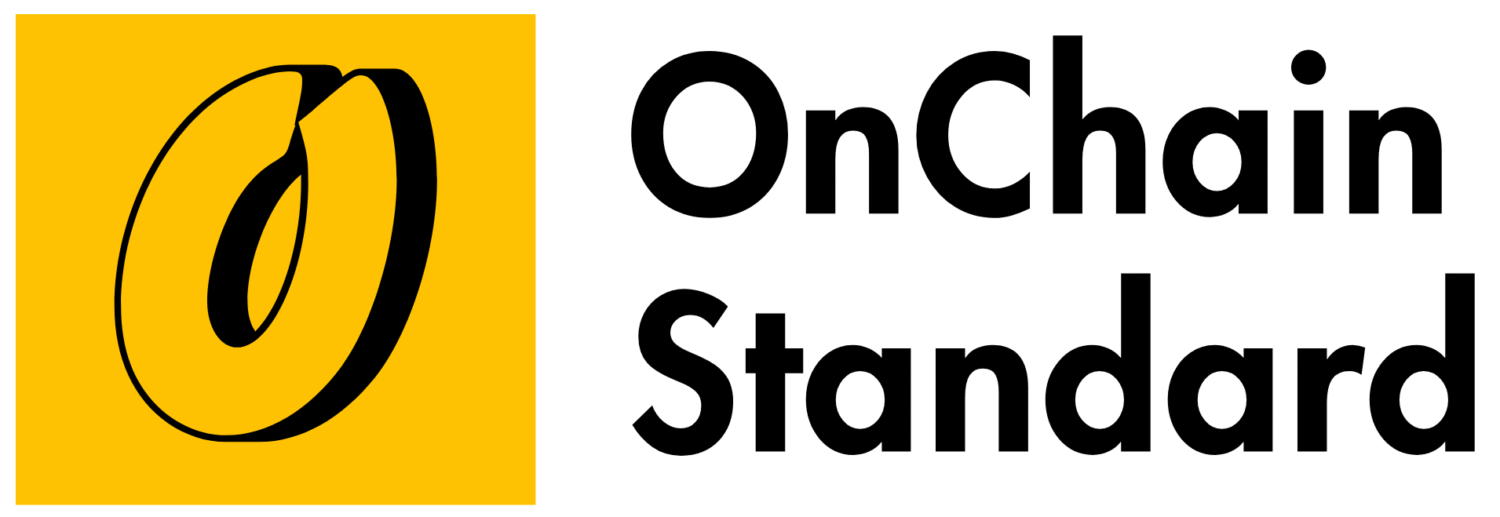CEX vs DEX: Key Differences Explained for Beginners
CEX vs DEX: Understand the key differences between centralized and decentralized crypto exchanges in 2025. Learn which is safer, easier, and best for beginners.
Introduction
When you want to buy, sell, or trade cryptocurrency in 2025, you’ll use an exchange—a platform where people swap digital money like Bitcoin or Ethereum. There are two main types: Centralized Exchanges (CEX) and Decentralized Exchanges (DEX). They work differently, each with its own strengths and weaknesses. This guide explains the key differences between CEX and DEX in simple terms to help beginners pick the right one for trading crypto.
What Are CEX and DEX?
-
CEX (Centralized Exchange): A company-run platform, like a digital bank, where you trade crypto. Examples include Binance, Coinbase, and Kraken. They manage your account, hold your funds, and make trading straightforward.
-
DEX (Decentralized Exchange): A blockchain-based platform with no company in charge, like a digital marketplace where you trade directly with others. Examples include Uniswap, PancakeSwap, and Aerodrome.
In 2025, CEXs handle the majority of crypto trading globally due to their ease of use, while DEXs are growing fast, especially for new coins and digital apps.
Key Differences Between CEX and DEX
1. Who’s in Charge?
-
CEX: A company controls the platform, managing accounts, funds, and trades. They act as a middleman to ensure smooth operations.
-
DEX: No company is in control. Trades happen directly between users using blockchain code called smart contracts, making it open and automatic.
Why It Matters: CEXs are user-friendly but require trust in the company. DEXs give you more control but need some technical knowledge.
2. How You Sign Up
-
CEX: You create an account and verify your identity with documents like a passport or driver’s license to meet Know Your Customer (KYC) rules. This can take a few hours.
-
DEX: No sign-up or ID required. You connect a digital wallet like MetaMask or Phantom and start trading instantly.
Why It Matters: CEXs follow regulations but are less private. DEXs are quick and anonymous but riskier if you’re new to wallets.
3. Where Your Money Is Stored
-
CEX: The exchange holds your crypto in its wallet, like a bank holding your cash. You don’t control the private keys (your secret code).
-
DEX: You keep your crypto in your own wallet. You’re in full control, and the DEX never holds your funds.
Why It Matters: CEXs are convenient but vulnerable to hacks (like a $230 million loss on a major exchange in 2024). DEXs are safer from platform hacks but require you to secure your wallet’s secret code.
4. Trading Experience
-
CEX: Easy to use with clear menus, charts, and customer support. You can trade crypto for local currency (like USD or EUR) or other coins. They offer advanced tools like limit orders or futures trading.
-
DEX: Less beginner-friendly. You trade crypto-to-crypto (e.g., Ethereum for USDT) using a wallet, with no customer support. Interfaces are simple but require some learning.
Why It Matters: CEXs are ideal for new users or those wanting local currency trading. DEXs suit tech-savvy users looking for new coins.
5. Fees
-
CEX: Charges trading fees (0.1–0.5% per trade) and sometimes deposit or withdrawal fees. For example, Binance charges 0.1%, and others may add fees for bank transfers.
-
DEX: Charges trading fees (0.3–1%) plus blockchain fees (called gas), which vary. On fast networks like Solana or Base, gas is under $0.10, but Ethereum can cost $5 during peak times.
Why It Matters: CEX fees are consistent but can add up. DEX fees depend on the blockchain, so choosing a low-cost network saves money.
6. Available Coins
-
CEX: Offers popular coins like Bitcoin, Ethereum, and USDT, plus some new ones after thorough checks. For example, Coinbase lists 200+ coins.
-
DEX: Lists thousands of coins, including brand-new or niche tokens not on CEXs. Uniswap allows anyone to add a token, so you can find meme coins or app tokens early.
Why It Matters: CEXs are safer for mainstream coins. DEXs are better for discovering new projects but riskier due to unverified tokens.
7. Speed and Reliability
-
CEX: Fast trades, even during busy markets, because the company manages the system. Downtime is rare but can occur during market surges.
-
DEX: Speed depends on the blockchain. Solana DEXs like Raydium are instant, but Ethereum DEXs can slow down or cost more when congested.
Why It Matters: CEXs are reliable for quick trading. DEXs need a fast blockchain to avoid delays or high fees.
8. Security
-
CEX: Secure if the platform uses strong protections like two-factor authentication (2FA), but hacks or mismanagement can lose your funds. Always move crypto to a personal wallet like Ledger for safety.
-
DEX: Safer from platform hacks since you hold your funds, but scams (like fake tokens) or wallet errors can cost you. Never share your wallet’s secret code.
Why It Matters: CEXs carry risks if you leave money on the platform. DEXs shift the responsibility to you for securing your wallet.
9. Rules and Regulations
-
CEX: Follows local laws, requiring KYC and reporting to tax authorities. They often provide tax reports to simplify compliance.
-
DEX: No KYC, offering privacy, but you must track trades manually for tax purposes, as crypto profits are taxable in most countries.
Why It Matters: CEXs make regulatory compliance easier but share your data. DEXs offer privacy but require you to handle tax reporting.
Examples in 2025
-
CEX: Binance (global, advanced tools), Coinbase (beginner-friendly), Kraken (secure, trusted), KuCoin (wide coin selection).
-
DEX: Uniswap (Ethereum, huge variety), Aerodrome (Base, low fees), PancakeSwap (Binance Chain, fast), Raydium (Solana, gaming focus).
Which Should You Choose?
-
Choose a CEX if: You’re new to crypto, want to trade with local currency, prefer an easy interface, or need customer support. Start with Coinbase or Binance for simplicity.
-
Choose a DEX if: You’re comfortable with wallets, want access to new coins, value privacy, or enjoy digital apps like DeFi. Try Uniswap or Aerodrome on a fast network like Base.
Many users combine both: a CEX to buy crypto with local currency and a DEX to trade new tokens or use blockchain apps.
Tips for Safe Trading
-
CEX: Enable 2FA, use a VPN, and transfer crypto to a secure wallet like Ledger for long-term storage see types of crypto wallets.
-
DEX: Verify token names to avoid scams, use trusted platforms, and secure your wallet with a strong password and 2FA.
-
Taxes: Crypto profits are taxable in most countries. CEXs often provide tax reports, but DEX trades need manual tracking. Consult a tax professional for local rules.
-
Start Small: Test platforms with small amounts (e.g., $10) to learn without risking much.
The Future of CEX vs DEX in 2025
In 2025, both CEXs and DEXs are thriving with distinct roles:
-
CEXs: Expanding with more coins, staking options, and AI-powered trading tools. Stricter global regulations boost trust in platforms like Coinbase.
-
DEXs: Growing with fast blockchains like Solana and Layer-2s like Sonic, offering near-zero fees and new app integrations. DEXs handle $50 billion in daily trades globally.
Conclusion
CEXs and DEXs offer different ways to trade cryptocurrency in 2025, each suited to specific needs. CEXs, like Binance or Coinbase, are beginner-friendly, reliable, and great for local currency trades but depend on a company’s security. DEXs, like Uniswap or Aerodrome, give you control, access to new coins, and privacy but require tech skills and careful security. Whether you want ease or freedom, try both with small amounts to find what fits your crypto journey. Always prioritize safety and research to make the most of this exciting digital world.




